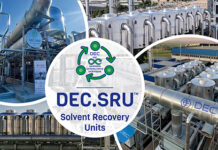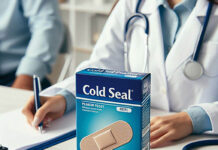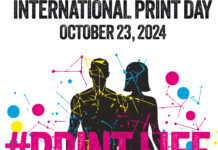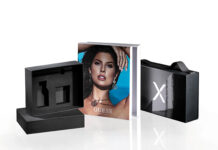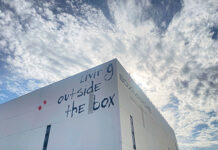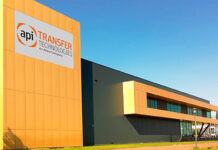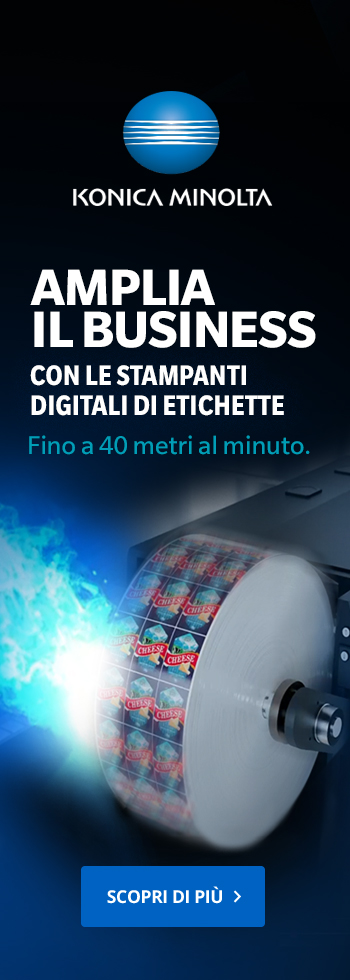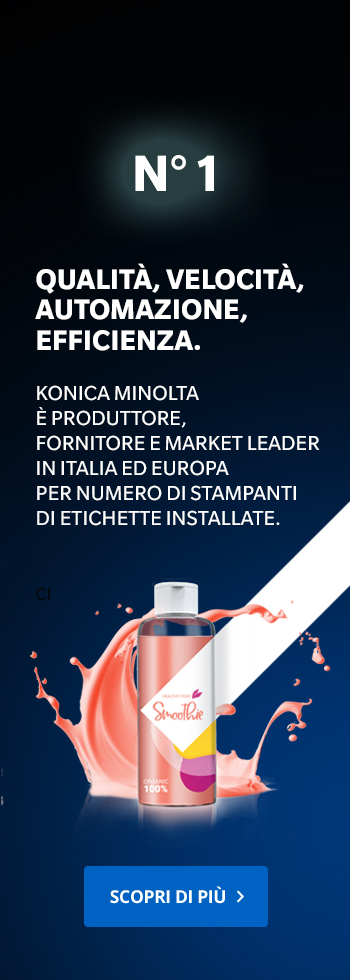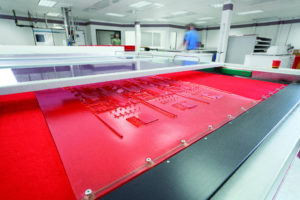 Colours have and will define brands. Colours convey messages that words don’t. A certain red reminds one of Coca Cola while a different red reminds one of the power of a Ferrari. Yet, just as an infinite mix of colours emanate from a base white light, to have that colour pop and speak for the brand on a package, a white underlayer is key
Colours have and will define brands. Colours convey messages that words don’t. A certain red reminds one of Coca Cola while a different red reminds one of the power of a Ferrari. Yet, just as an infinite mix of colours emanate from a base white light, to have that colour pop and speak for the brand on a package, a white underlayer is key
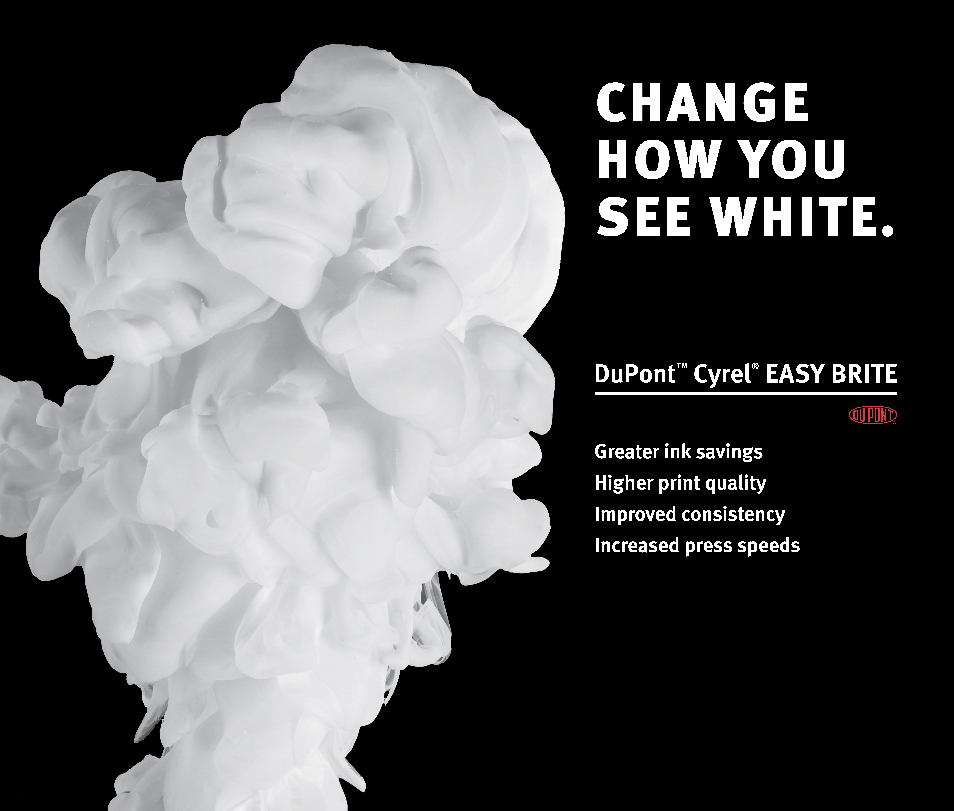 The base needs to have a white layer that loads well and disperses uniformly on the substrate.
The base needs to have a white layer that loads well and disperses uniformly on the substrate.
However, for reasons such as interaction between the ink, the substrate and the printing plate used, there tends to be a poor white ink laydown that looks mottled. In some cases, this is remedied by transferring more white ink than needed through higher volume aniloxes while in others, substrates infused with white inks are used. Both tend to be expensive solutions to get a good quality white underlayer. How do we drive towards a solution to a problem?
First, we understand what the problem is. We realized that there can be better ways to understand the impact of white ink laydown beyond the industry standard measure, i.e. “opacity”. While more ink can lead to better opacity, if the ink is not laid down in a pattern to meet the design target, the substrate will show mottling and graininess. The ideal solution to quantify the right pattern and amount of white ink laydown would be an index that combines these three variables into a single number. This led DuPont to develop the EASY BRITETM Index, which is a function of opacity, graininess and mottle.
In addition to developing a solution to understand white ink laydown, DuPontTM Cyrel® EASY BRITE Screens also help optimize white ink laydown in high volume printing. As screening technologies have evolved over time from AM screening to improving highlights, followed by improving ink laydown and solid density, challenges continued to exist in making the image photorealistic. With the Cyrel® EASY BRITE Screens, maximum opacity and smooth ink laydown is ensured combined with ink saving potential depending on incumbent print set up.
The combination of Cyrel® EASY Plates and the EASY BRITE Screens offer the following benefits:
- Depending on the existing setup, they allow printers to use smaller volume anilox, leading to potentially ink savings and higher print speeds;
- Better overall consistency and more consistent print of large solid areas;
- Higher print quality;
- Uniform ink layer;
- Elimination of trail edge void;
- Improved appearance of final print;
- Improved opacity, reduced graininess and reduced mottle;
- Flexibility, as they allow printers to go to higher quality levels using their existing setup.
So, the next time the Coca Cola or Ferrari red doesn’t pop, let’s ask ourselves “how ‘brite’ is the white, really?”.





